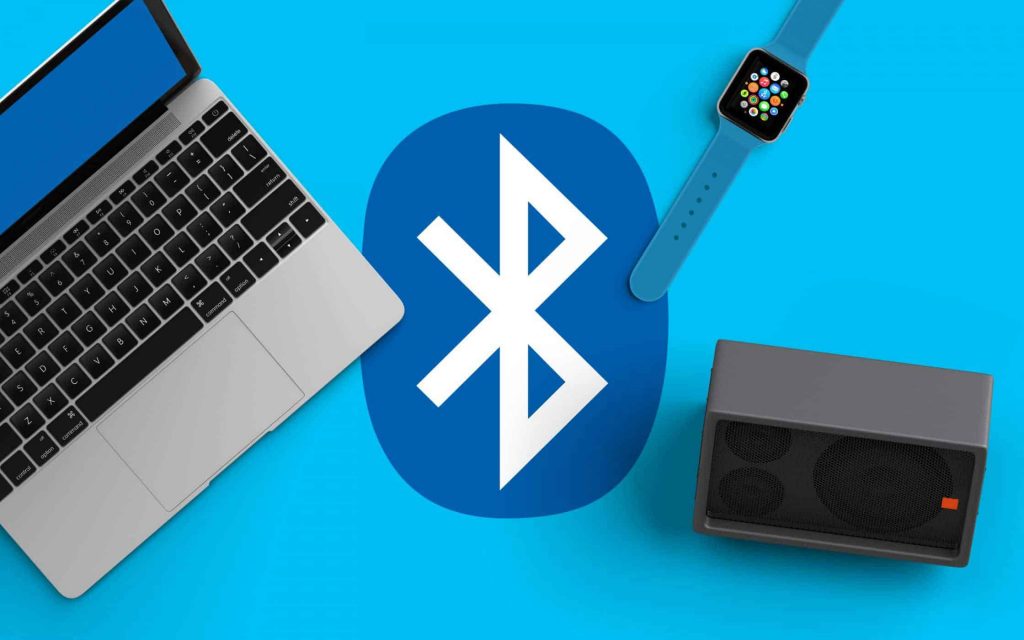How Bluetooth technology has developed over the years

Bluetooth plays a key role in many of the appliances and gadgets that we use every day. But today, we take it as a given that Bluetooth is in almost every device from phones to headphones and even smart home setups. Here’s a brief overview of the tech and how it’s developed over the years.
The history of Bluetooth
Bluetooth was developed by Ericsson in the 90s as a means of transferring data between devices without the use of a cable. Eventually, the Ericsson T39 launched in 2001, bring the tech to consumers. From here, Bluetooth spread to other forms of technology such as headphones, mice, and keyboards in the early 2000s. Since then, Bluetooth has become a hugely popular form of technology. In 2020, four billion devices with the technology were shipped around the world.
Tech explained
The process of transferring data between devices begins when they come within range of each other. If the devices are given permission, they’ll pair and can then send encrypted data to each other. This provides both users with security: to pair with another device you have to give explicit permission, plus the encryption means that other devices can’t hijack the transfer. Usually, devices are also limited to one connection at a time.
Most of the devices we use have short-range Bluetooth technology – the pairing signal might only extend a few metres. But Bluetooth is actually capable of stretching almost a kilometre. Manufacturers will factor in the needs of the consumer or client and create an optimal range based on this.
Diodes are also a vital component in Bluetooth technology. On average, most Bluetooth devices require around 3V to work optimally – a diode is useful because they can provide the 3V for the Bluetooth-enabled device.
How the tech has developed
One of the first major innovations emerged in 2004 with Bluetooth 2.0 + EDR. This update cut power usage in half while boosting the rate of data transfer to 2.1 Mbit/s.
In 2007 Bluetooth 2.1 then arrived which made the transferring process more secure. This came with Secure-Simple-Pairing which required that all connections would have encryption to avoid any middle-man attacks.
From 2007 to 2015, Bluetooth was further bolstered by multiple updates. These brought high-speed data transfer, low-energy features, and improved data capacity which also helped improve speeds.
Since 2016, Bluetooth has moved closer towards connecting devices via an internet connection which has allowed it to interfere less with other wireless technologies.
Bluetooth is a technology we almost take for granted. It’s used in countless devices that we depend on and at the same time, it’s been gradually improving every year!

